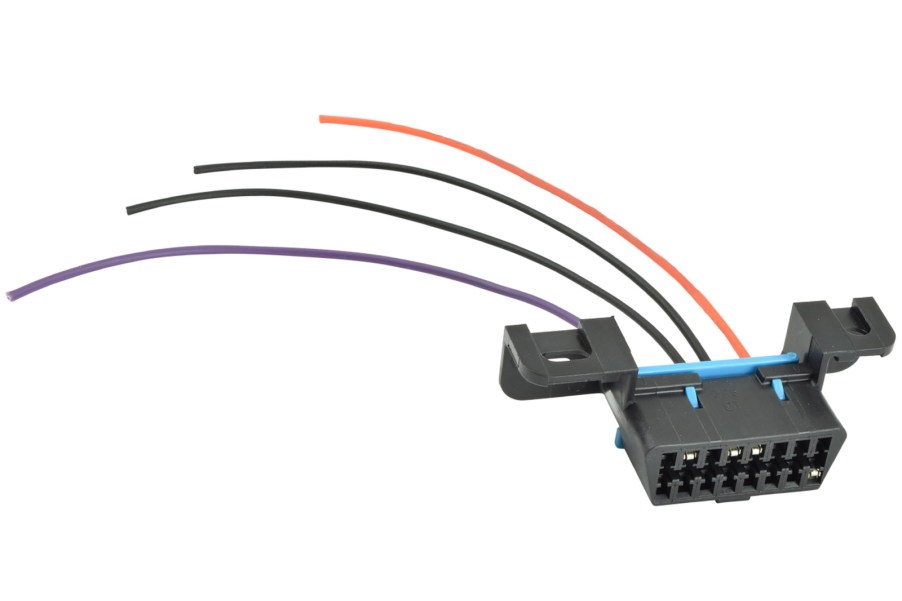
Some Drivers Are Chopping Their OBD Port’s Wires for Safety
While most crime rates are down across the country, car thefts are up. Way up. Over 1 million cars were stolen in 2022, which is a 7% rise over 2021–and the highest number since 2008. In Illinois specifically, auto theft shot up 35% in one year. And as a response to certain popular methods for stealing cars, some owners are snipping the wires to their under-dash OBD port.
Throughout automotive history there has been a race between automakers trying to invent new ways to secure cars–and thieves trying to invent new methods to steal them. I’d argue that many automakers’ cybersecurity strategy has been outdated for a decade. As a result, thieves have discovered vulnerabilities in even recent makes and models. Often, a newly discovered vulnerability is shared to social media and a specific model becomes “trendy” to steal.
Keyless entry cars and trucks have proven especially vulnerable to theft. Some auto thieves favor a “relay attack” in which one person stands by your front door with a device to relay your key fob’s signal. Another thief holds a repeater device near the car and opens the door.

More advanced thieves are even opening a phone or computer near a car, then convincing the vehicle that they are the owner with the proper phone app required for keyless entry. But whether they use a relay attack or hack their way into a car, how do they start the engine and drive away? One method involves the OBD port.
Every car made since 1996 has a standard on board diagnostics (OBD) port, usually located under the driver’s side dashboard. Mechanics can plug a computer into this port to read data such as what is causing a “check engine” light. Dealerships can plug into these ports on many models to program new wireless key fobs.
Some savvy thieves are bringing the necessary computer, and a blank OEM key fob, and quickly programming a new key once inside the car. Then they can use their key to steal the car and drive it away.
Even savvier owners are attempting to stay ahead of thieves. One popular method is buying a locking cover for your OBD port. Obviously, prepared thieves might be able to cut this cover off, but this will take time. And it might damage the OBD port, thus thwarting the thieves.

Another method is to cut the wires to the OBD port and have a professional extend them and install a second port in a location such as the glovebox. This way, you can tell your mechanic where the new port is and they can still work on your car. But a criminal in a hurry might be hard-pressed to find it in time.
This second method can be especially effective if you leave the old port installed, but not wired to anything. You could even throw a lock on the dummy port. A criminal might spend valuable minutes trying to open and connect to the old port, giving you time to call the authorities.
Next, find out why some owners are wrapping their key fobs in aluminum foil for safety, or see more anti-theft tips in the video below:



